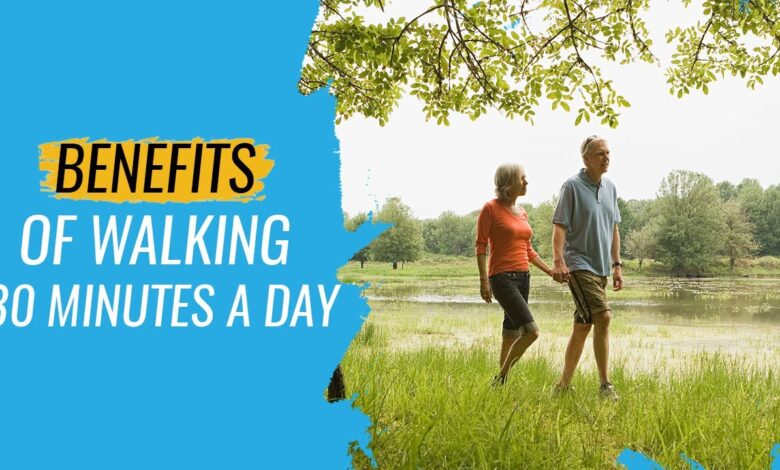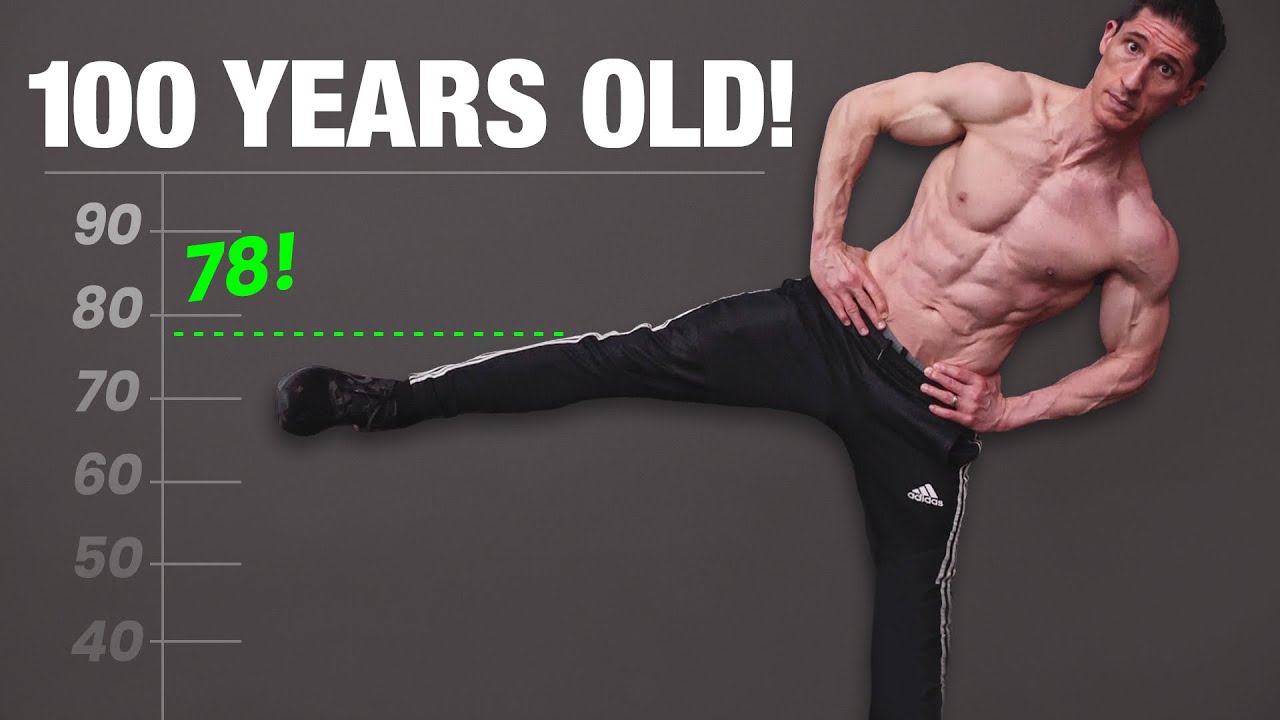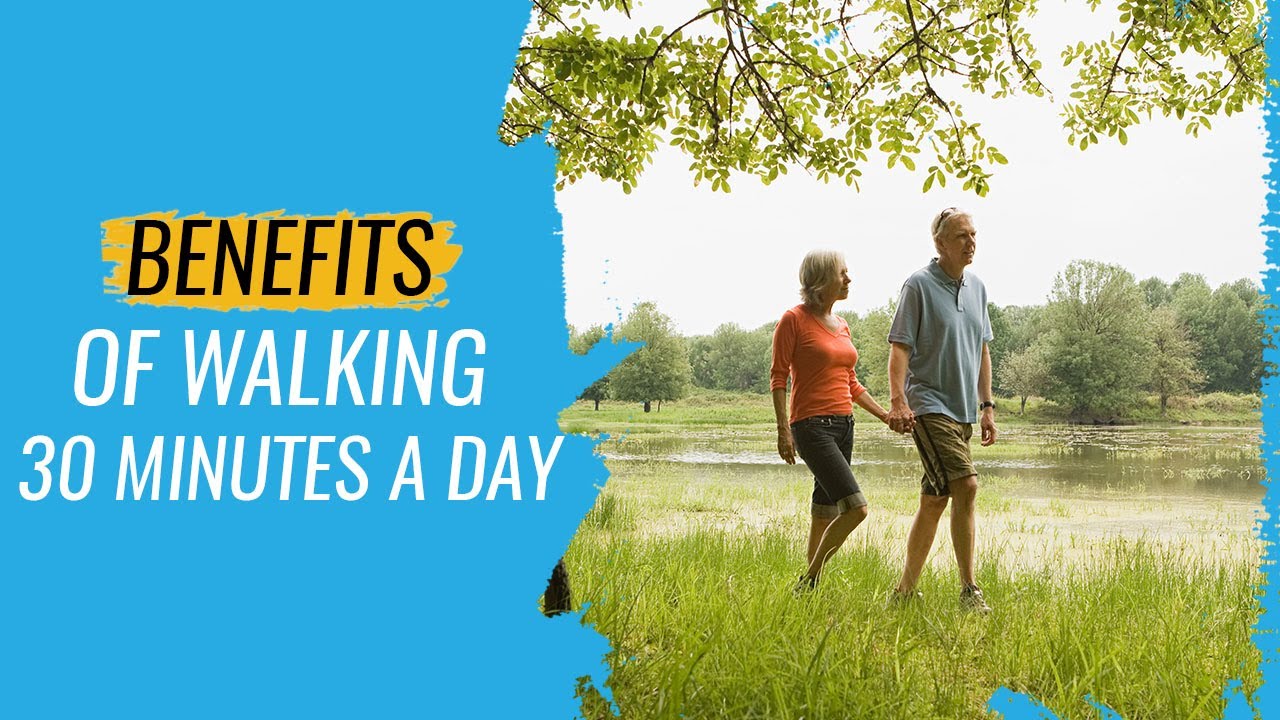
Science Says Short Bursts of Exercise Can Help You Live Longer
Science says short bursts of exercise can help you live longer, and it’s not just a catchy headline. Research is increasingly showing that even small bouts of intense activity can have a significant impact on our overall health and longevity.
Think about it: who has time for hours at the gym every week? But we can all squeeze in a few minutes of high-intensity exercise, whether it’s sprinting up a flight of stairs or doing a quick set of burpees.
This is where the magic of short bursts comes in.
The science behind this is fascinating. Short bursts of exercise trigger a cascade of positive physiological changes in our bodies, including increased heart rate, improved blood flow, and boosted metabolism. These changes not only help us burn calories and build muscle, but they also protect us against chronic diseases like heart disease, stroke, and type 2 diabetes.
The benefits go beyond physical health too, as short bursts of exercise can also improve mood, boost energy levels, and sharpen cognitive function.
The Science Behind Short Bursts of Exercise
The idea that short bursts of intense exercise can contribute to a longer lifespan might seem counterintuitive, but a growing body of scientific research supports this claim. Short bursts of high-intensity exercise, known as High-Intensity Interval Training (HIIT), offer a range of physiological benefits that can positively impact overall health and longevity.
Physiological Mechanisms
Short bursts of exercise trigger a cascade of physiological responses that contribute to improved health and longevity. These include:* Increased Mitochondrial Biogenesis:HIIT exercises stimulate the production of mitochondria, the powerhouses of our cells, which are responsible for energy production. More mitochondria enhance cellular energy production, reducing oxidative stress and promoting overall cellular health.
Science tells us that even short bursts of exercise can contribute to a longer, healthier life. But to make those bursts count, you need to keep challenging yourself! That’s where consistency comes in. To avoid hitting a workout plateau and keep seeing results, check out these 6 ways to avoid workout plateaus and consistently progress.
Whether you’re squeezing in a quick HIIT session or taking a brisk walk, staying active is key to reaping the benefits of a longer, healthier life.
Enhanced Insulin Sensitivity Short bursts of exercise improve the body’s response to insulin, leading to better glucose uptake and utilization. This reduced insulin resistance lowers the risk of developing type 2 diabetes, a major contributor to premature aging.
Improved Cardiovascular Health HIIT exercises significantly improve cardiovascular function. They strengthen the heart muscle, lower blood pressure, and improve blood flow, reducing the risk of heart disease and stroke.
Reduced Inflammation Exercise, especially high-intensity, can help reduce chronic inflammation, a key factor in aging and age-related diseases.
Increased Growth Hormone Production Short bursts of exercise can trigger the release of growth hormone, which plays a crucial role in maintaining muscle mass, bone density, and overall health.
Scientific Evidence
Numerous studies have demonstrated the link between short bursts of exercise and increased lifespan.* A 2018 study published in the journal “Nature”found that mice that engaged in short bursts of high-intensity exercise lived longer and had a reduced risk of age-related diseases compared to mice that only engaged in moderate-intensity exercise.
- A 2019 study published in the “British Journal of Sports Medicine”found that individuals who engaged in HIIT exercises for just 10 minutes a day, three times a week, showed significant improvements in cardiovascular health, blood sugar control, and body composition.
- A 2021 study published in the “Journal of the American Medical Association”found that individuals who engaged in HIIT exercises had a lower risk of developing chronic diseases, such as heart disease, stroke, type 2 diabetes, and some types of cancer, compared to those who did not engage in HIIT.
Health Benefits of Short Bursts of Exercise
Short bursts of exercise offer a range of health benefits, including:* Reduced Risk of Chronic Diseases:HIIT exercises have been shown to reduce the risk of developing chronic diseases such as heart disease, stroke, type 2 diabetes, and certain types of cancer.
Improved Cardiovascular Health HIIT exercises strengthen the heart muscle, lower blood pressure, and improve blood flow, reducing the risk of heart disease and stroke.
Enhanced Cognitive Function Short bursts of exercise can improve cognitive function, including memory, attention, and processing speed.
Improved Mood and Mental Health
You know how they say short bursts of exercise can help you live longer? Well, even a quick 10-minute workout can make a difference! Try out your 10 minute no equipment core workout for a simple, effective way to strengthen your core and reap those longevity benefits.
Just a few minutes a day can go a long way towards a healthier, longer life.
Increased Energy Levels Despite being short bursts, HIIT exercises can increase energy levels throughout the day.
Types of Short Bursts of Exercise

Short bursts of exercise, also known as high-intensity interval training (HIIT), involve alternating between periods of intense effort and brief recovery periods. This type of exercise can be incredibly effective for improving cardiovascular health, burning calories, and boosting overall fitness levels.
There are various types of short bursts of exercise, each offering unique benefits and suitable for different fitness levels.
Science says short bursts of exercise can help you live longer, and it’s not just about hitting the gym for hours on end. Small changes, like taking the stairs or walking your dog, can add up. And remember, focusing on maintaining your weight can be a powerful strategy for long-term fat loss, as it helps you build sustainable habits.
Read more about why aiming to maintain weight can actually help fat loss goals. So, even small bursts of activity can make a big difference in your overall health and longevity.
Types of Short Burst Exercises, Science says short bursts of exercise can help you live longer
Short burst exercises are characterized by their high intensity and short duration, making them an efficient way to improve fitness. Here are some common types:
- High-Intensity Interval Training (HIIT):This involves alternating between short bursts of intense exercise and periods of rest or low-intensity activity. Examples include sprinting, burpees, jumping jacks, and mountain climbers. HIIT is known for its effectiveness in improving cardiovascular health, boosting metabolism, and burning fat.
- Sprinting:Short bursts of running at maximum speed can be a great way to improve cardiovascular fitness and build lower body strength. Sprints can be incorporated into HIIT workouts or done as standalone exercises.
- Plyometrics:These exercises involve explosive movements that use the stretch-shortening cycle to generate power. Examples include box jumps, jump squats, and clap push-ups. Plyometrics are excellent for improving power, agility, and speed.
Short Burst Exercise Routines for Different Fitness Levels
Short burst exercise routines can be adapted to suit different fitness levels. Here are some examples:
Beginner Routine (10 minutes)
- Jumping jacks (30 seconds)
- Rest (30 seconds)
- High knees (30 seconds)
- Rest (30 seconds)
- Butt kicks (30 seconds)
- Rest (30 seconds)
- Repeat the circuit 2-3 times.
Intermediate Routine (15 minutes)
- Burpees (30 seconds)
- Rest (30 seconds)
- Mountain climbers (30 seconds)
- Rest (30 seconds)
- Push-ups (30 seconds)
- Rest (30 seconds)
- Repeat the circuit 3-4 times.
Advanced Routine (20 minutes)
- Sprints (30 seconds)
- Rest (30 seconds)
- Box jumps (30 seconds)
- Rest (30 seconds)
- Pull-ups (30 seconds)
- Rest (30 seconds)
- Repeat the circuit 4-5 times.
Short Burst Exercise Intensity Levels and Recommended Durations
| Exercise Type | Intensity Level | Recommended Duration |
|---|---|---|
| HIIT | High | 10-20 minutes |
| Sprinting | Very High | 10-30 seconds per sprint |
| Plyometrics | High | 10-15 repetitions per exercise |
Considerations for Short Burst Exercise
While short bursts of exercise offer numerous health benefits, it’s crucial to approach them thoughtfully to maximize their impact and minimize potential risks.
Importance of Warm-up and Cool-down
Warm-up and cool-down routines are essential components of any exercise program, especially for short bursts. A proper warm-up prepares your body for physical activity by gradually increasing your heart rate and blood flow. This helps to improve flexibility, reduce the risk of injury, and enhance performance.
A cool-down, on the other hand, allows your body to gradually return to its resting state, preventing muscle soreness and promoting recovery.
Potential Risks and Precautions
Short burst exercises, while generally safe, can pose risks for individuals with certain health conditions. For instance, those with heart disease or high blood pressure should consult their doctor before engaging in any new exercise program. It’s also crucial to listen to your body and stop if you experience any discomfort or pain.
- Individuals with pre-existing medical conditions should consult with their doctor before starting any new exercise program, including short bursts. This ensures the activity is safe and appropriate for their specific needs.
- It’s crucial to start slowly and gradually increase the intensity and duration of exercise over time. This helps to minimize the risk of injury and allows your body to adapt to the new demands.
- Proper hydration is vital during and after short burst exercise. Dehydration can lead to fatigue, dizziness, and other health issues.
- It’s important to listen to your body and stop if you experience any discomfort or pain. Ignoring pain signals can lead to injuries.
- If you have any concerns about the safety of short burst exercise, consult with a healthcare professional.
Adjusting Exercise Intensity and Duration
The intensity and duration of short burst exercise should be tailored to individual fitness levels and goals. For beginners, starting with shorter bursts of moderate intensity is recommended. As fitness improves, the intensity and duration can be gradually increased.
- Individuals with lower fitness levels should start with shorter bursts of moderate intensity, such as brisk walking or jogging for a few minutes at a time.
- As fitness improves, the intensity and duration can be gradually increased. This can involve adding more bursts, increasing the intensity of each burst, or extending the duration of each burst.
- It’s important to listen to your body and adjust the intensity and duration as needed. If you feel overwhelmed or experience any discomfort, reduce the intensity or duration.
Closing Summary: Science Says Short Bursts Of Exercise Can Help You Live Longer

Incorporating short bursts of exercise into your daily routine is a simple yet powerful way to improve your health and potentially add years to your life. It’s about making small changes that add up to big results. So, whether you’re taking the stairs instead of the elevator, doing a few jumping jacks during commercial breaks, or simply adding a quick burst of running to your walk, every bit of effort counts.
Let’s embrace the science and unlock the power of short bursts to live longer, healthier, and more fulfilling lives.






